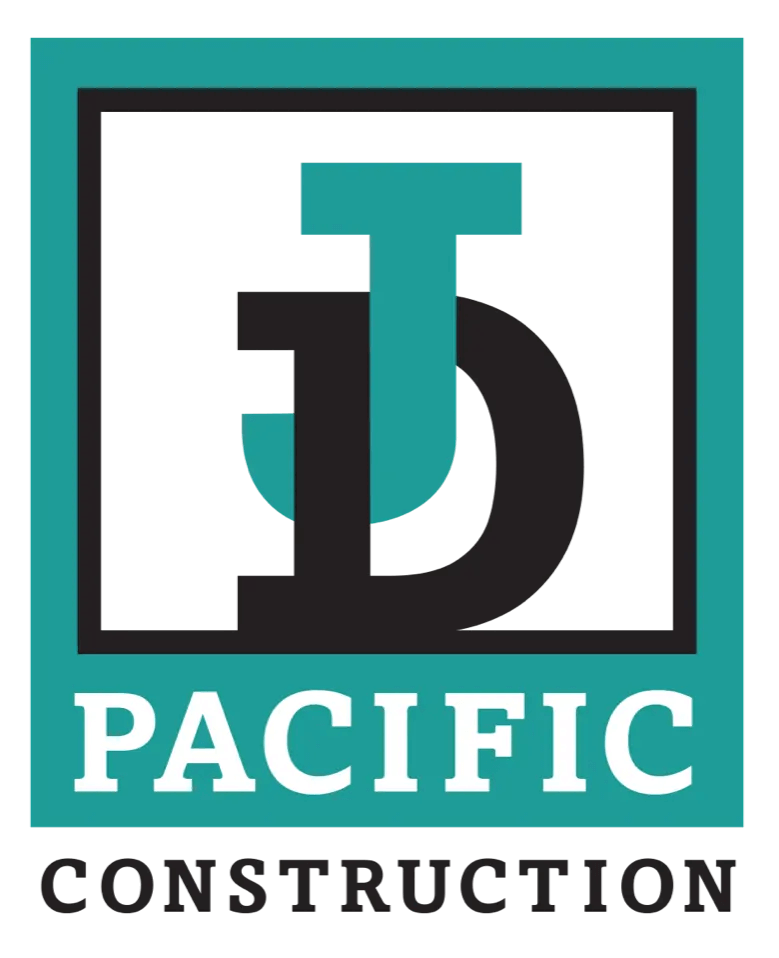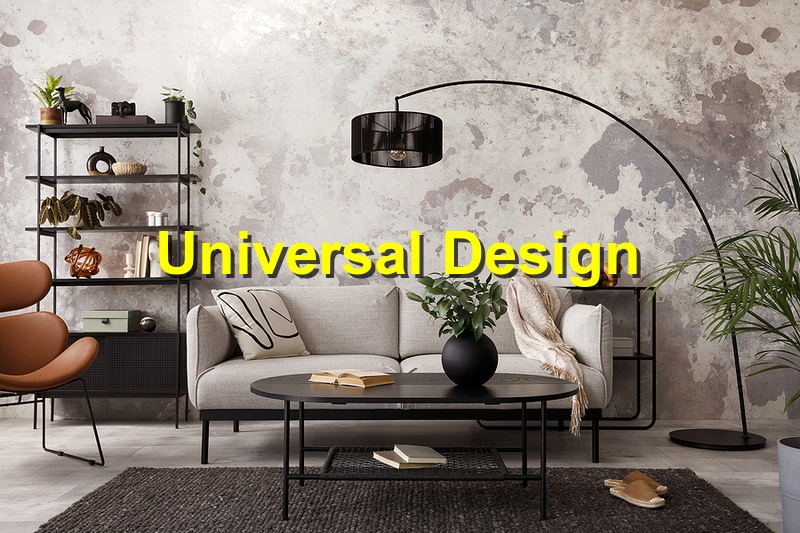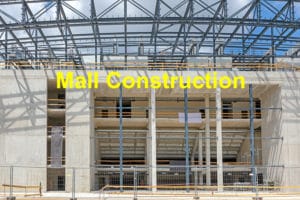Universal design plays a pivotal role in modern construction by promoting inclusivity, accessibility, and functionality for all individuals, regardless of age, ability, or mobility. It emphasizes creating spaces that cater to a diverse range of needs, making buildings and environments more accommodating and user-friendly. Here’s how universal design is shaping modern construction:
1. Accessibility for All: Universal design aims to remove physical barriers that can limit access for people with disabilities or mobility challenges. This includes features like ramps, wider doorways, and zero-step entrances, ensuring that everyone can navigate spaces comfortably and safely.
2. Lifespan Considerations: Universal design takes into account the changing needs of individuals over their lifespans. It anticipates potential challenges that may arise with age and provides solutions to accommodate these changes without the need for extensive renovations.
3. Adaptable Spaces: Modern construction incorporates adaptable spaces that can be easily modified to suit different purposes or accommodate changing needs. This flexibility allows individuals to adjust their living spaces without major structural changes.
4. Ergonomic Design: Universal design prioritizes ergonomic principles to enhance comfort and reduce physical strain. This involves aspects like comfortable heights for countertops, reachable shelves, and user-friendly fixtures that promote ease of use.
5. Sensory Considerations: Universal design acknowledges various sensory needs, including visual and auditory impairments. Buildings are designed with proper lighting, color contrasts, and acoustics to ensure that individuals with sensory challenges can navigate and interact effectively within the environment.
6. Technology Integration: Modern construction integrates technology to enhance accessibility and convenience. Smart home features, such as voice-activated controls and home automation systems, provide greater independence for individuals with disabilities.
7. Aesthetic Integration: Universal design seamlessly incorporates accessibility features into the overall design aesthetics. Accessibility elements are not only functional but also blend harmoniously with the architectural and interior design.
8. Social Inclusion: By promoting universal design principles, modern construction contributes to social inclusion and equal participation. Spaces that are welcoming and accommodating for everyone foster a sense of community and reduce stigmas associated with disabilities.
9. Regulatory Compliance: Many countries have established building codes and regulations that mandate accessibility standards. Universal design ensures that new constructions adhere to these standards, ensuring that the built environment is accessible to all.
10. Economic Benefits: Incorporating universal design features during the construction phase can be more cost-effective than retrofitting existing spaces later. Additionally, creating universally designed spaces can increase a property’s market value, as they appeal to a broader range of potential occupants.
In conclusion, universal design is an essential aspect of modern construction that aims to create inclusive, functional, and adaptable spaces for everyone. By considering the diverse needs of individuals and integrating features that enhance accessibility, modern construction contributes to a more equitable and inclusive built environment. Universal design not only improves the quality of life for individuals with disabilities but also enriches the overall human experience within these spaces.
References: Homely, NewHomeSource




